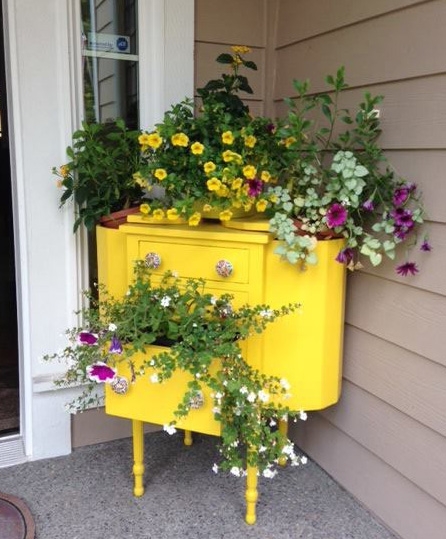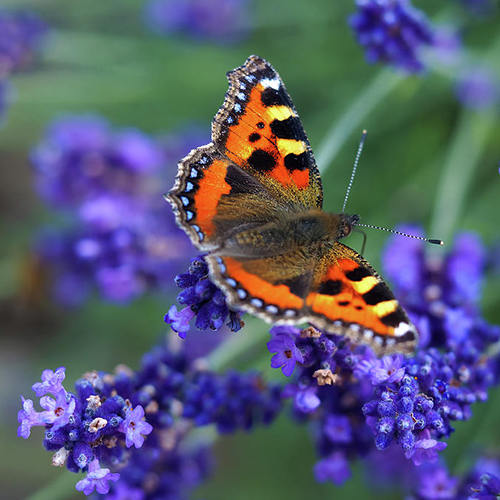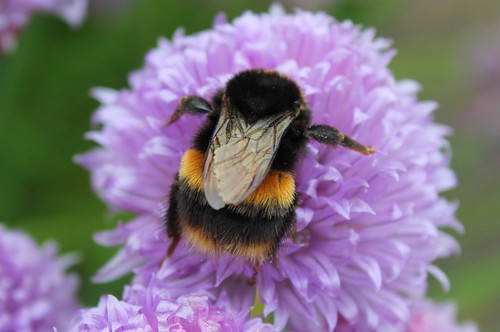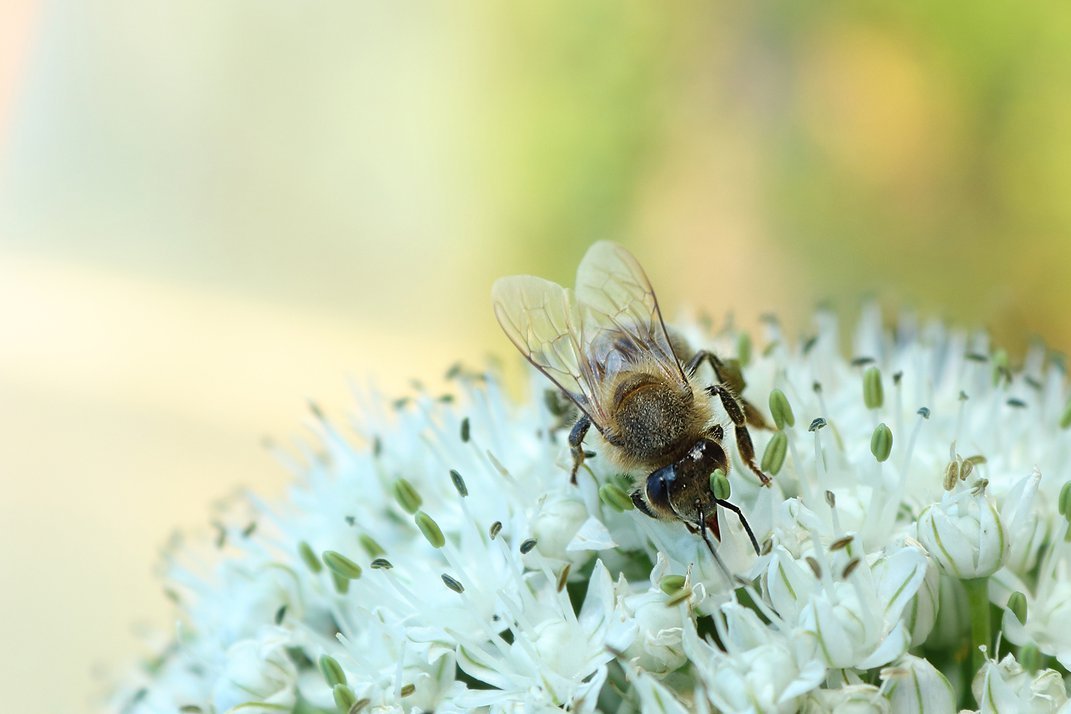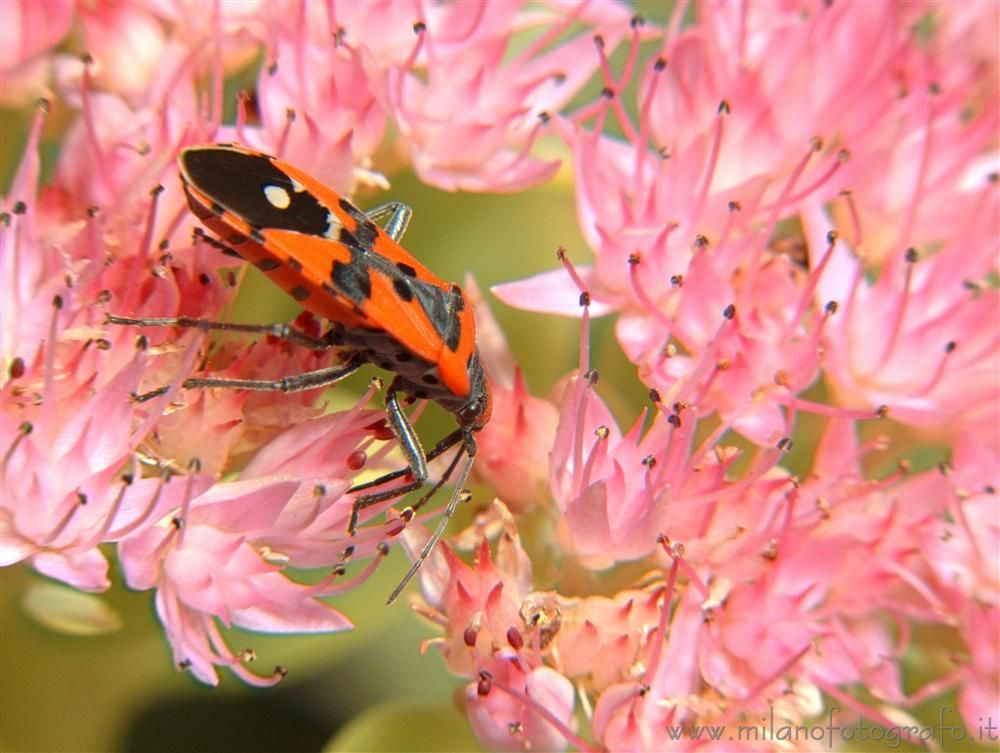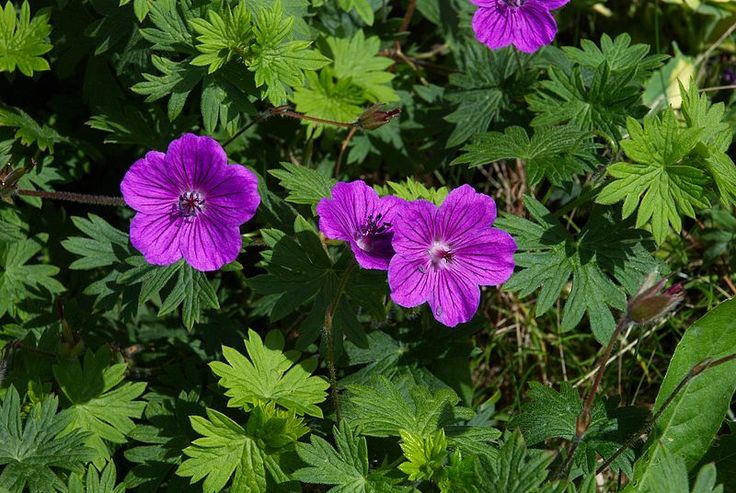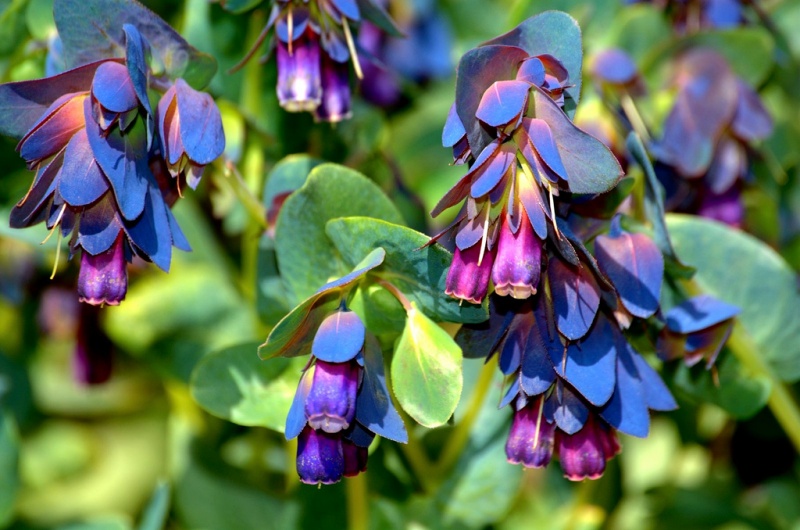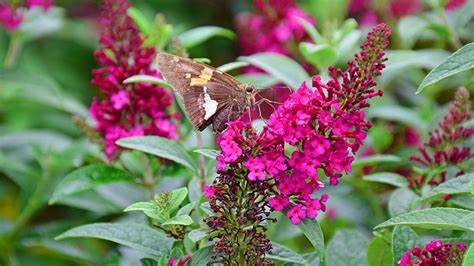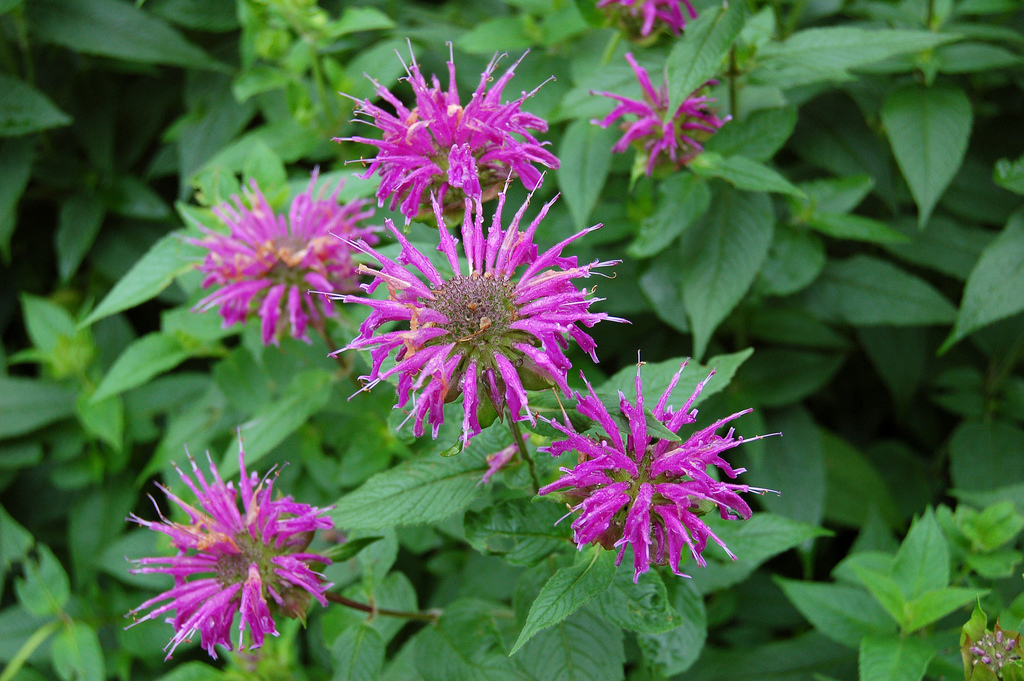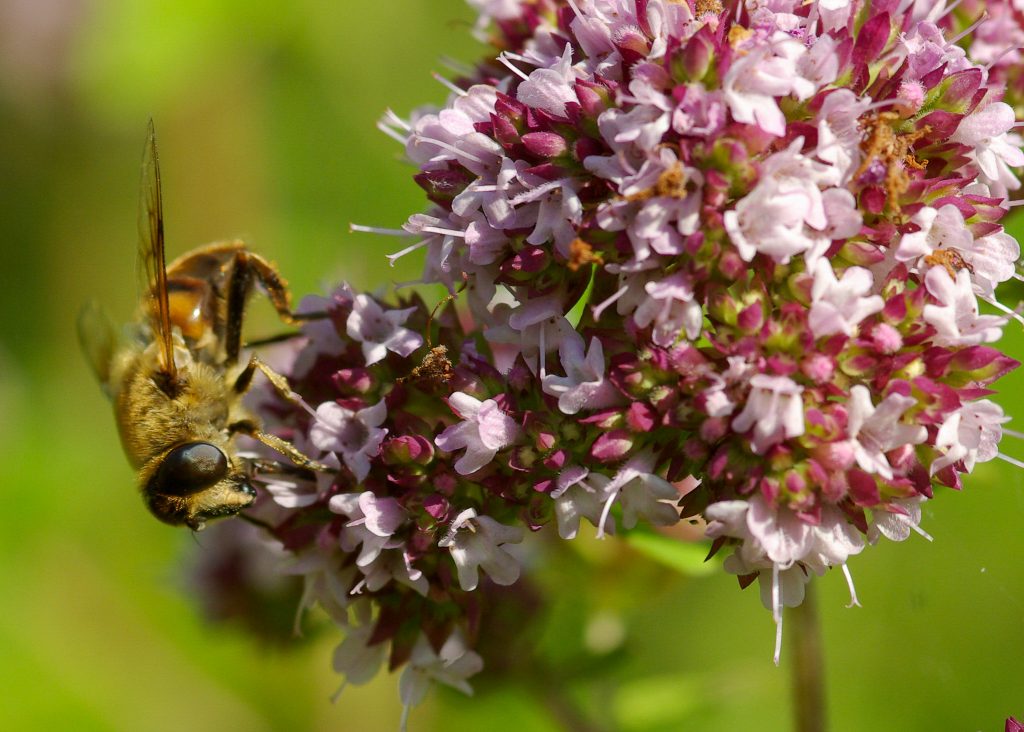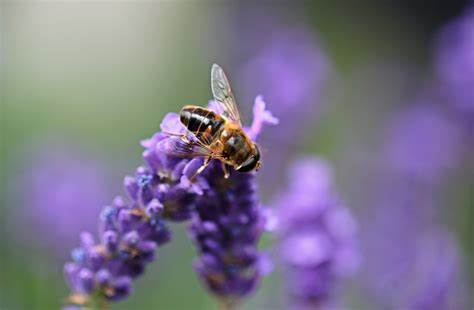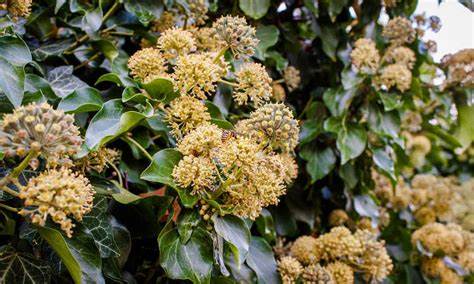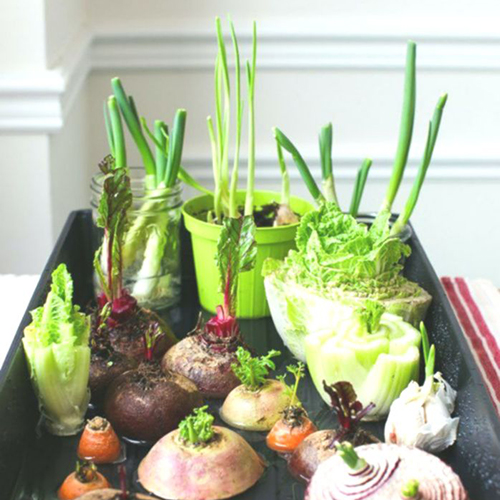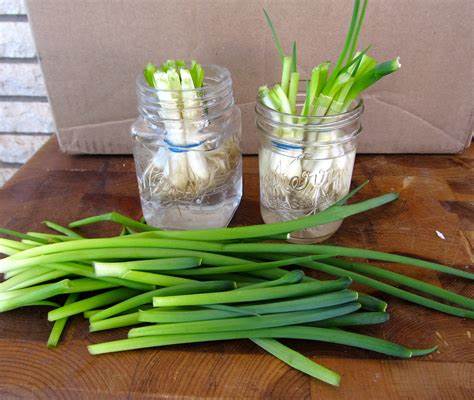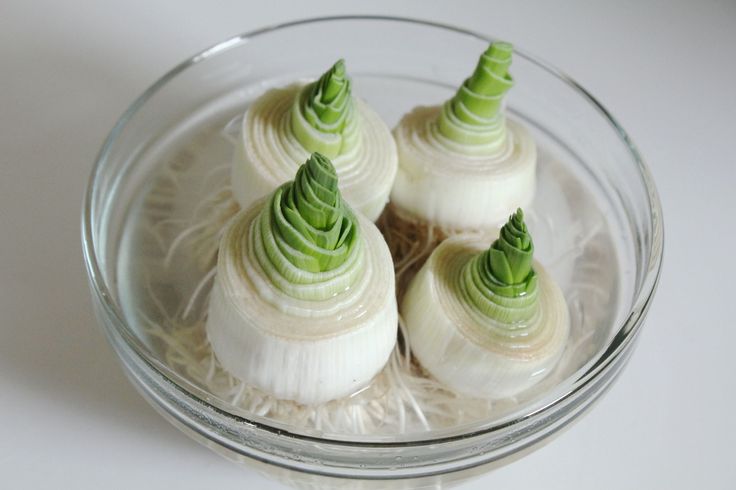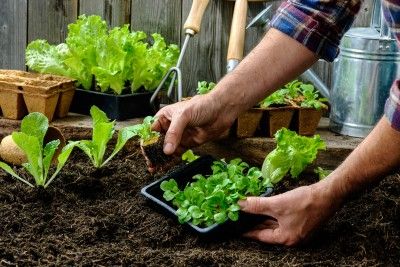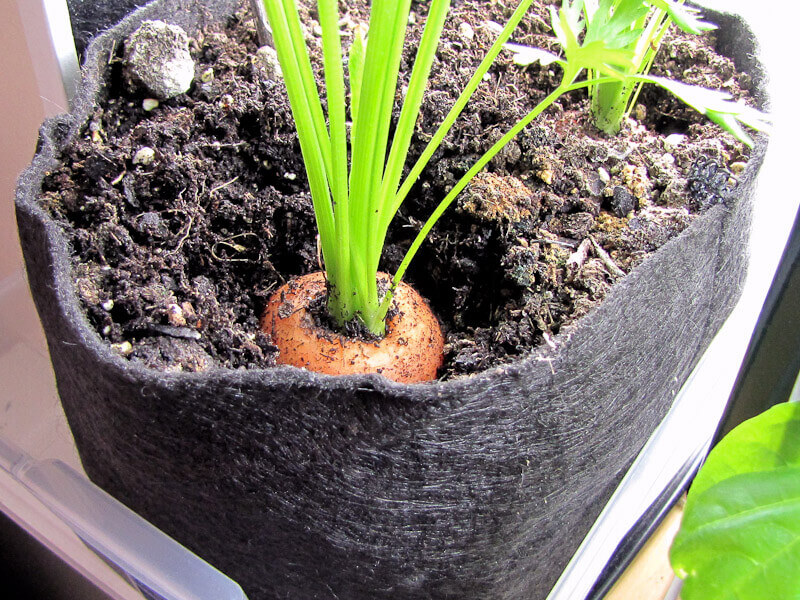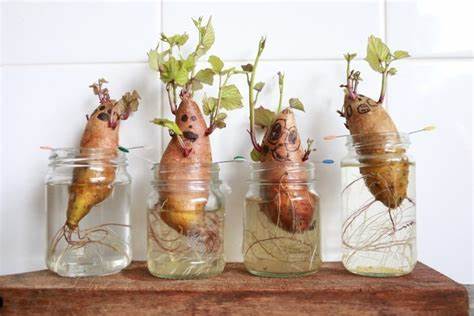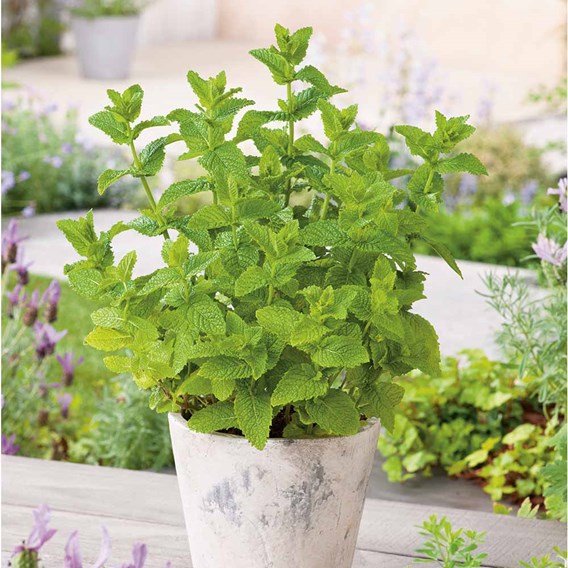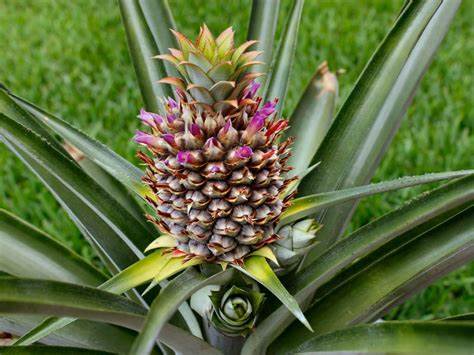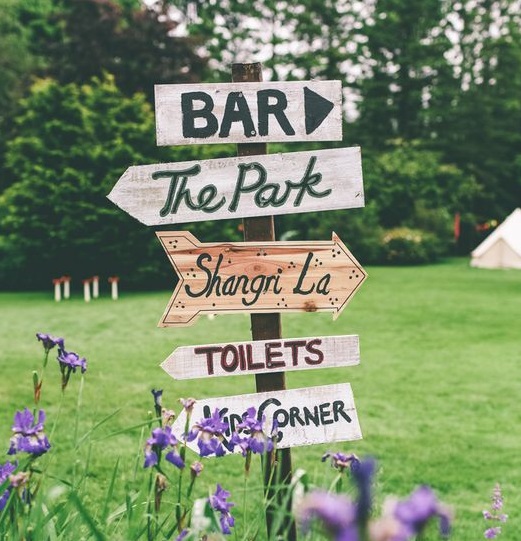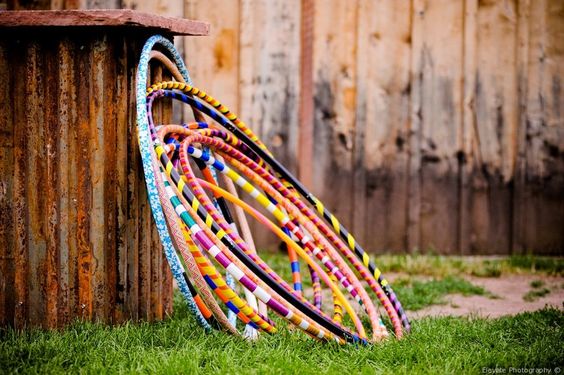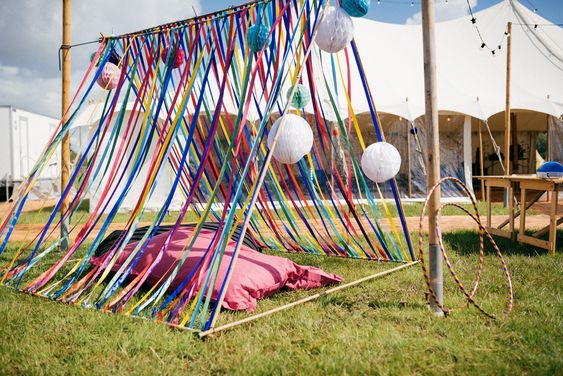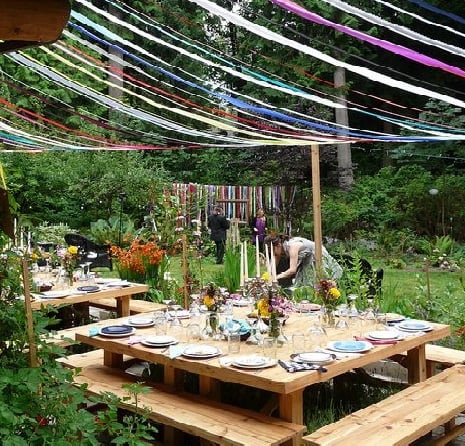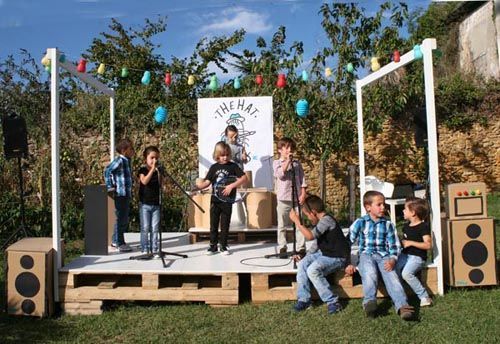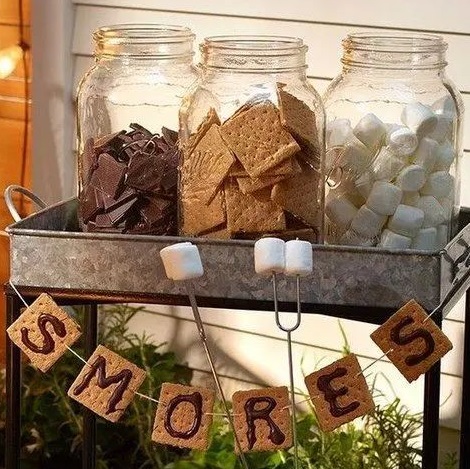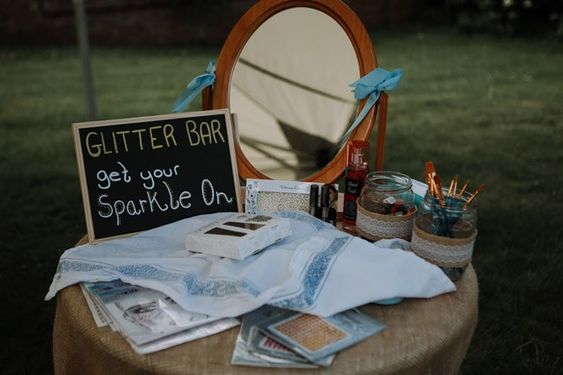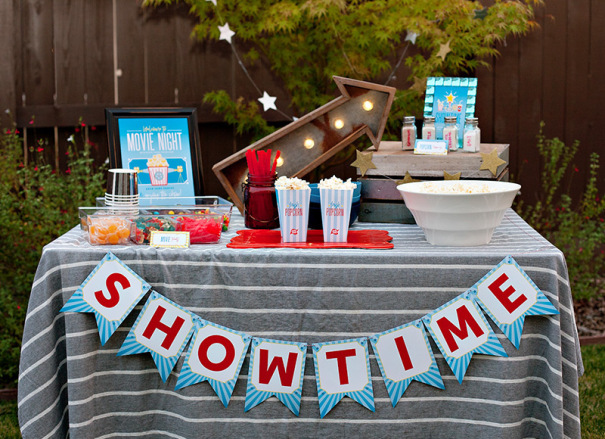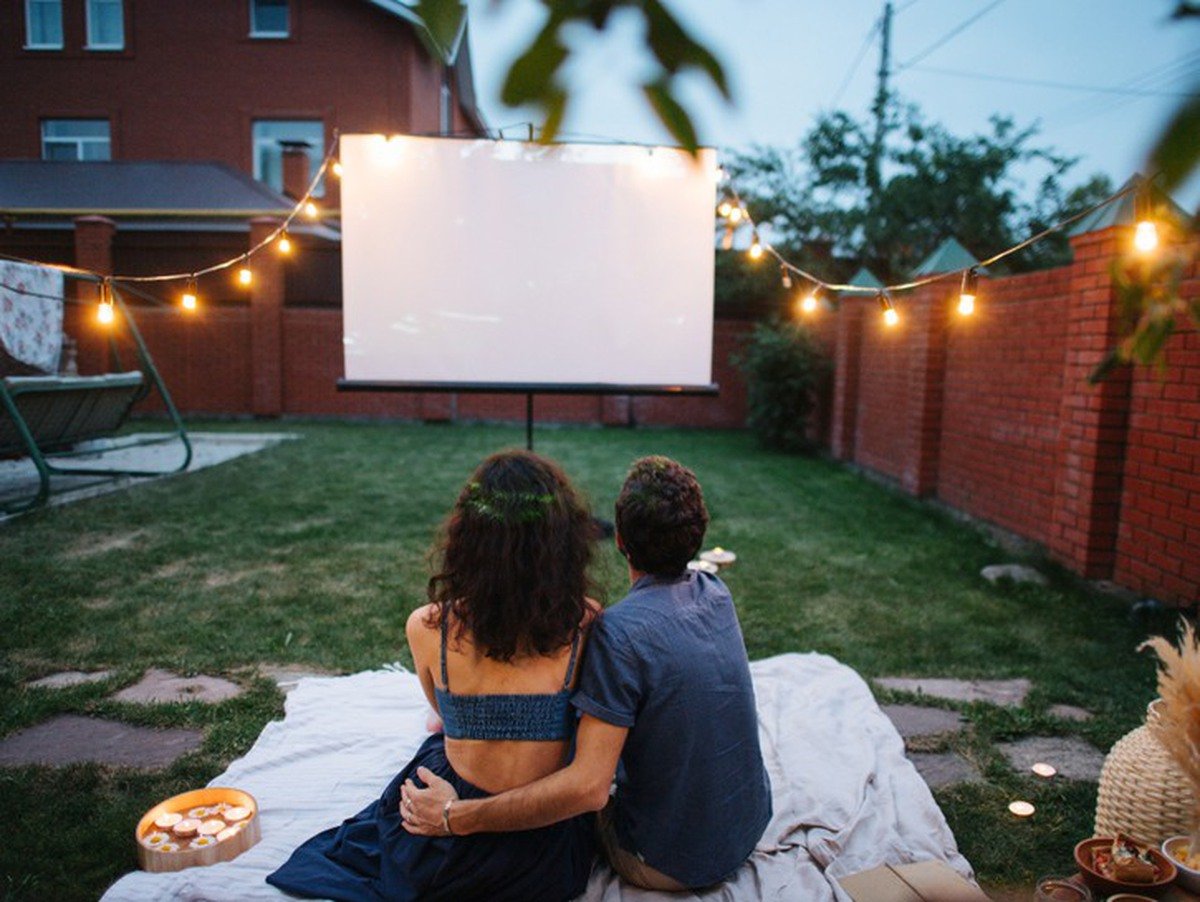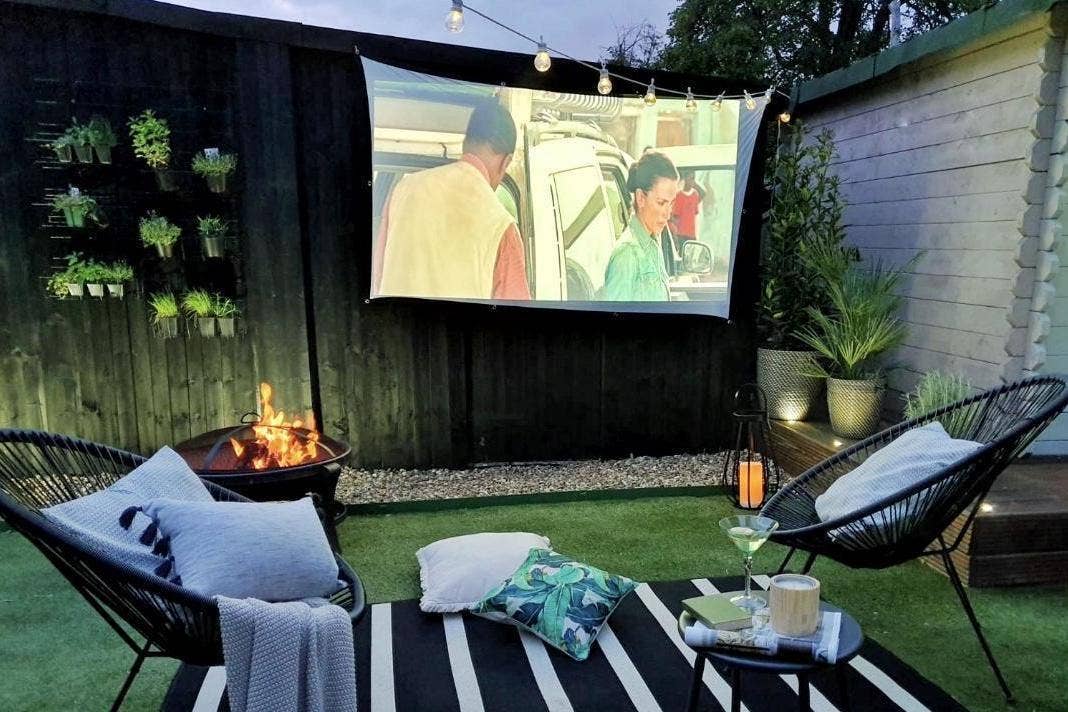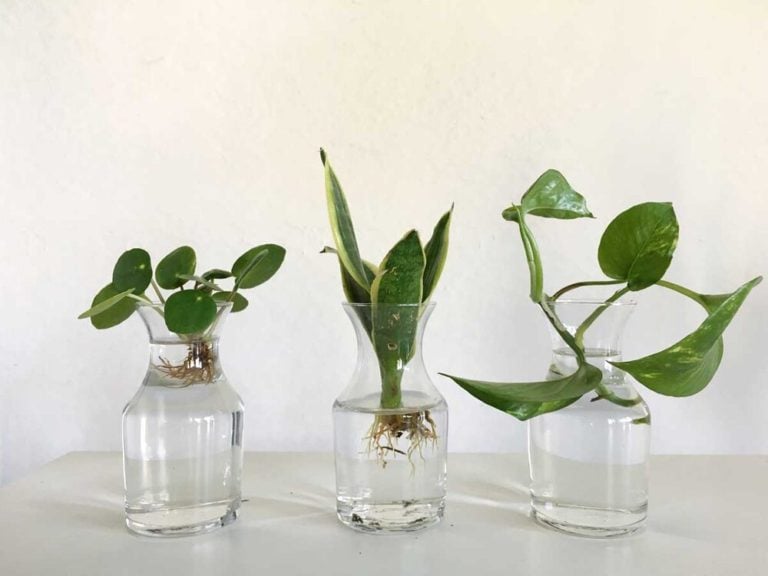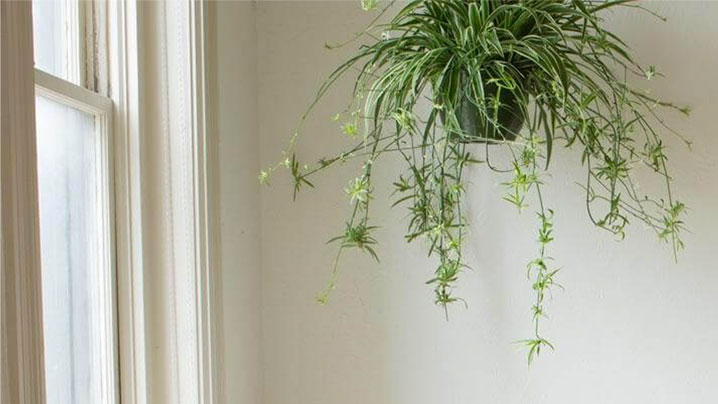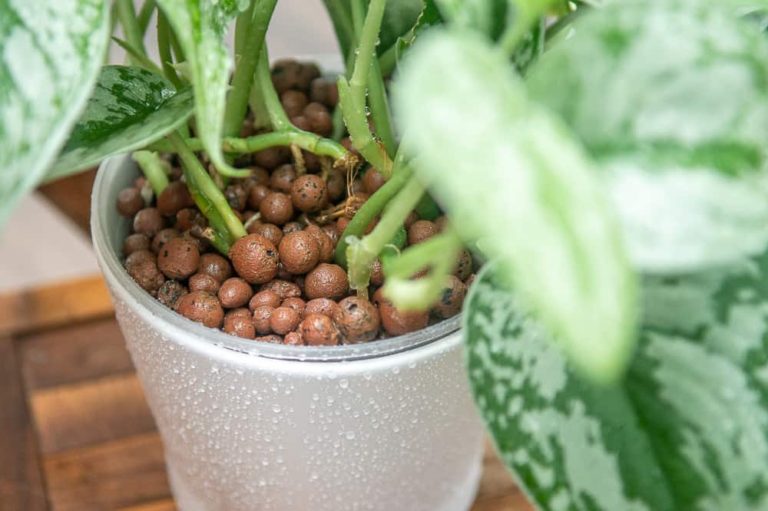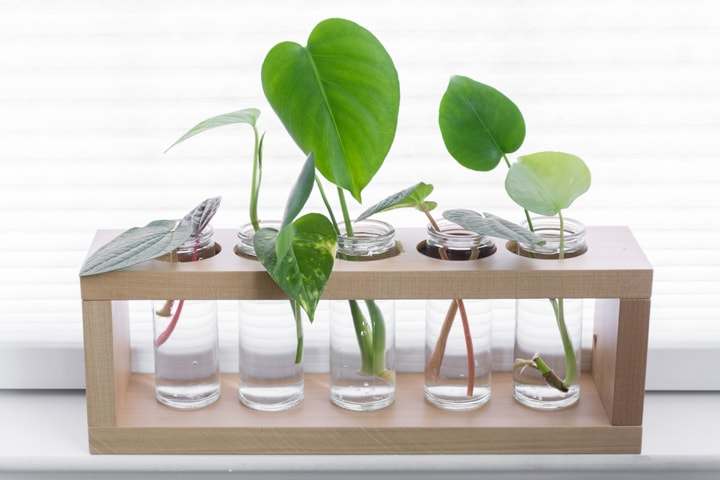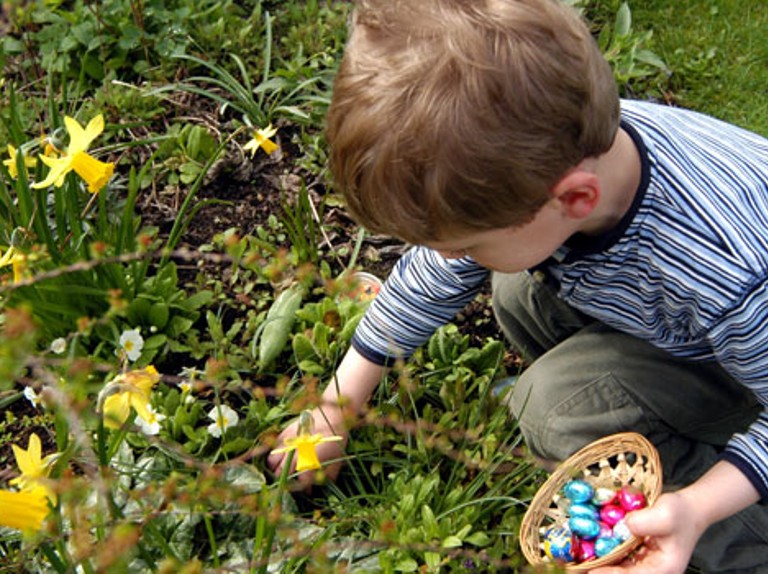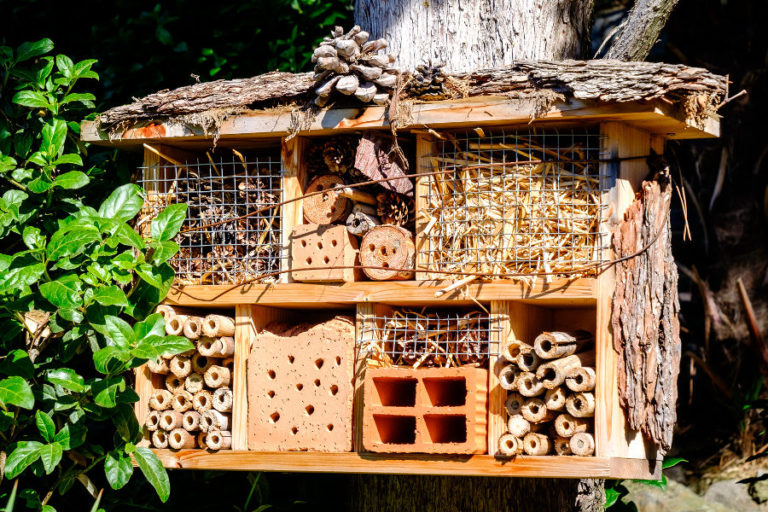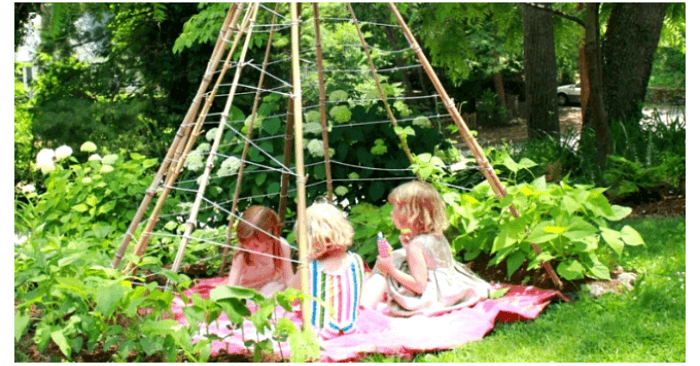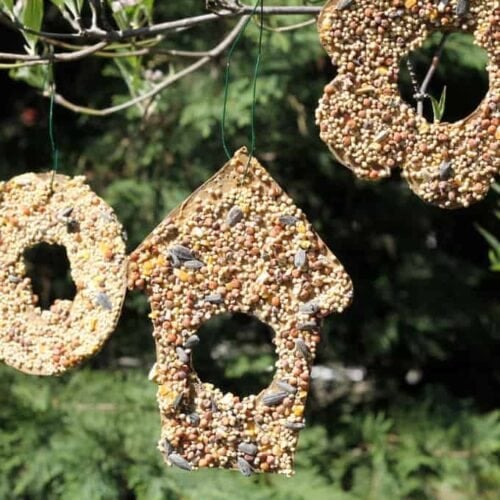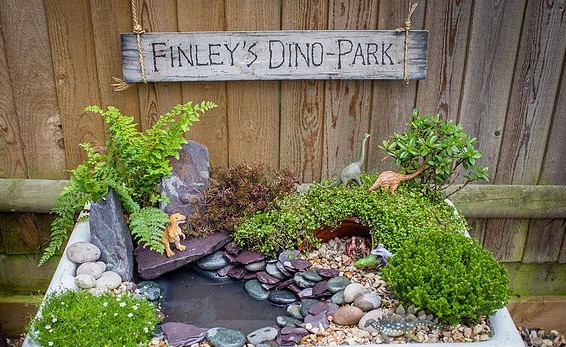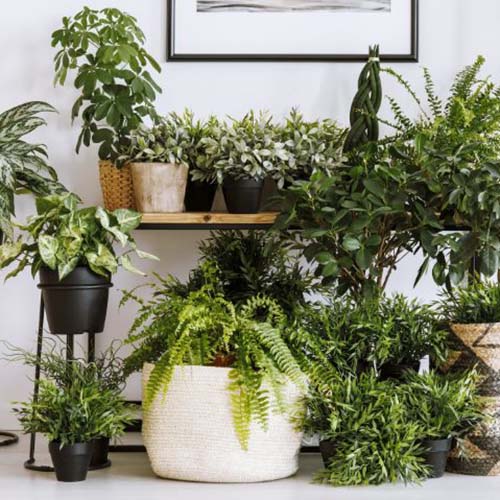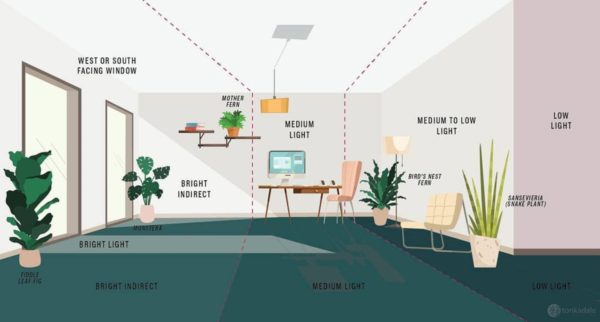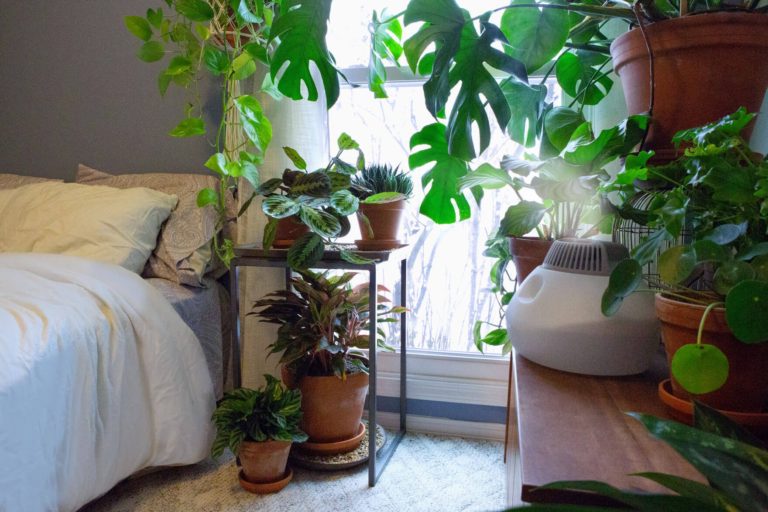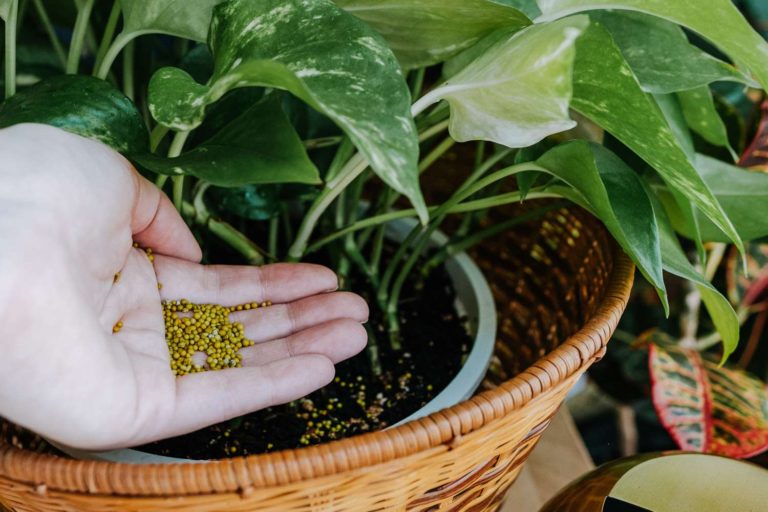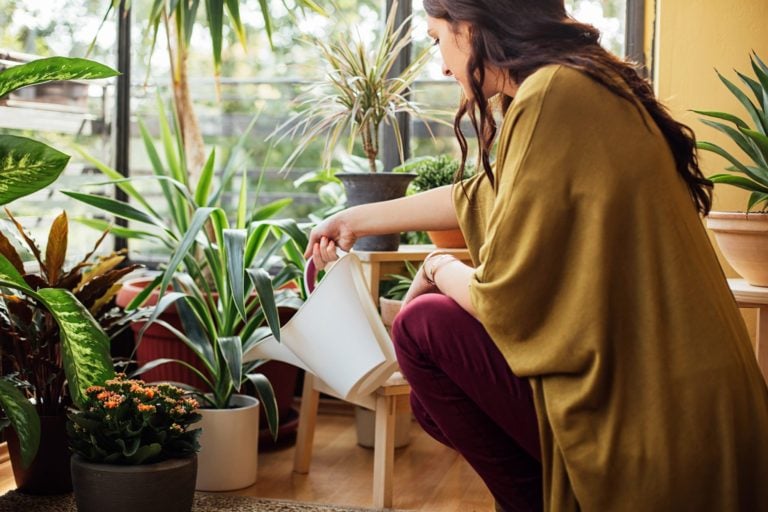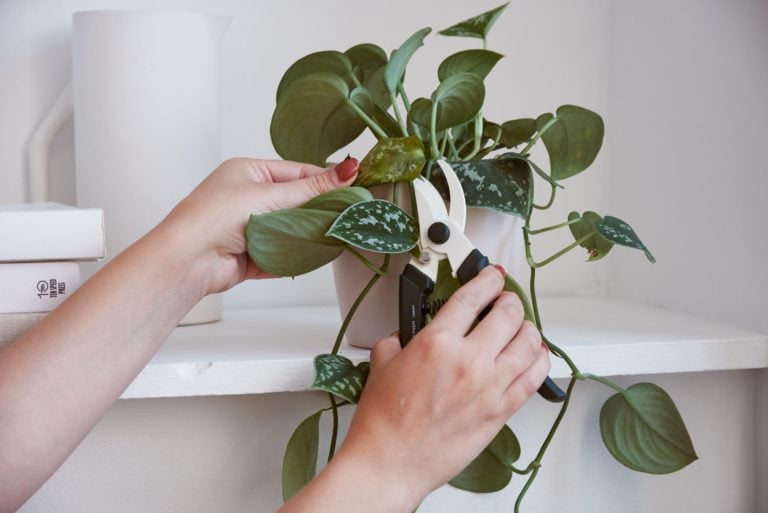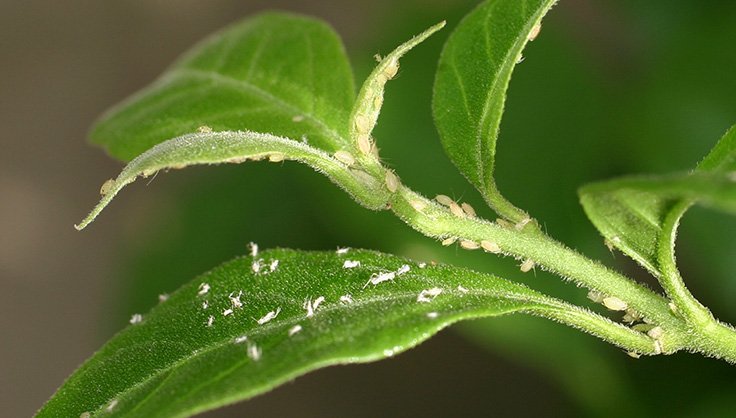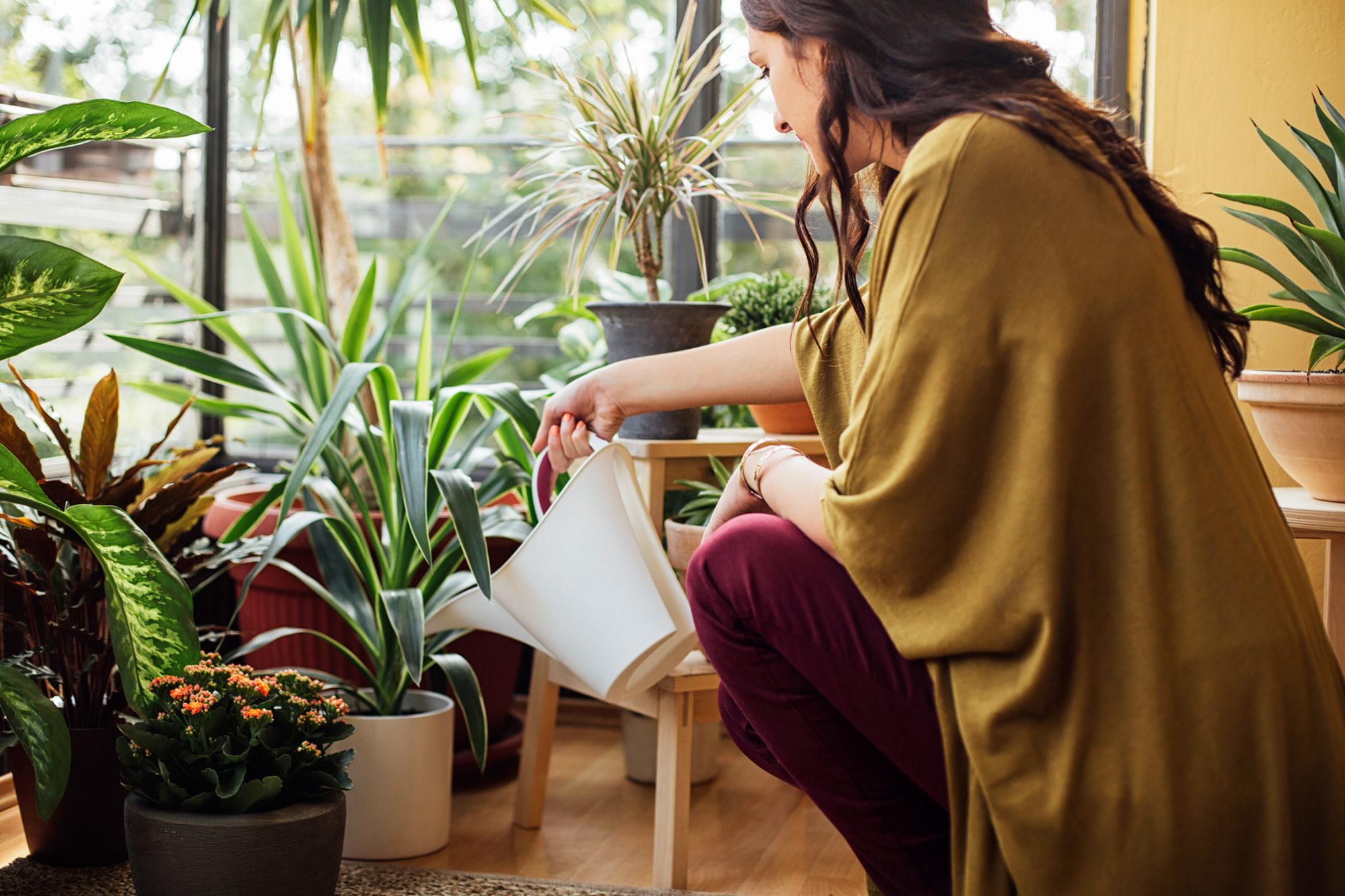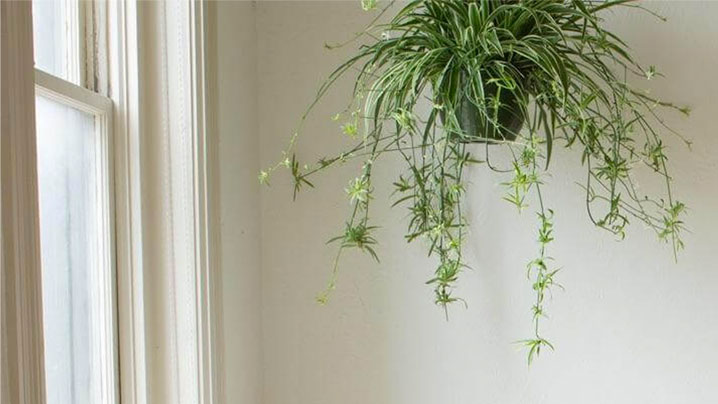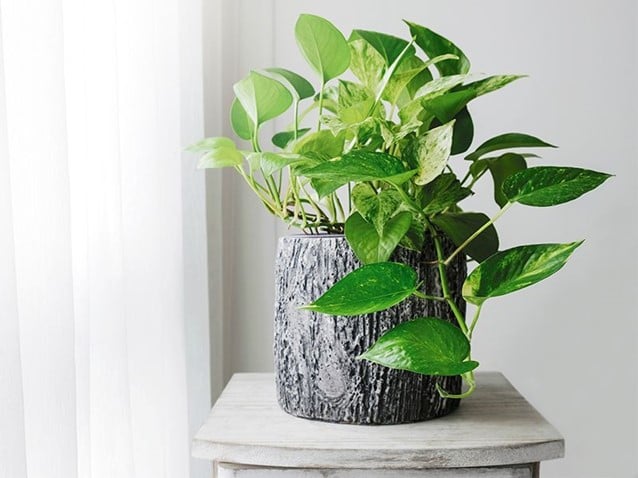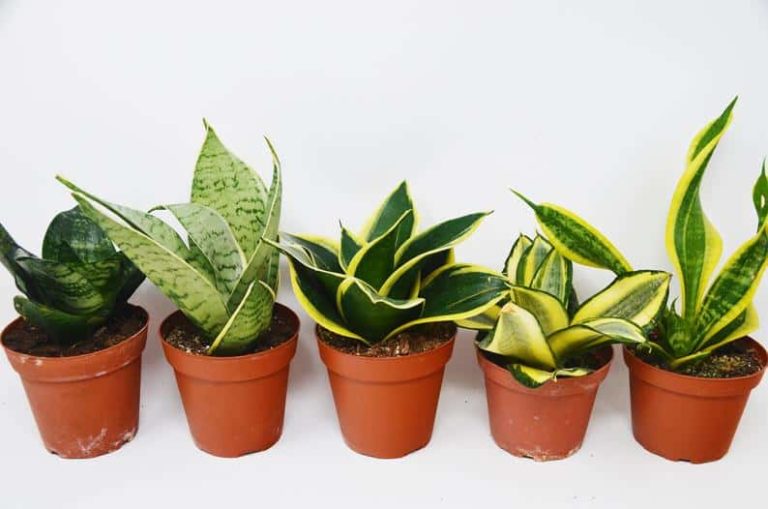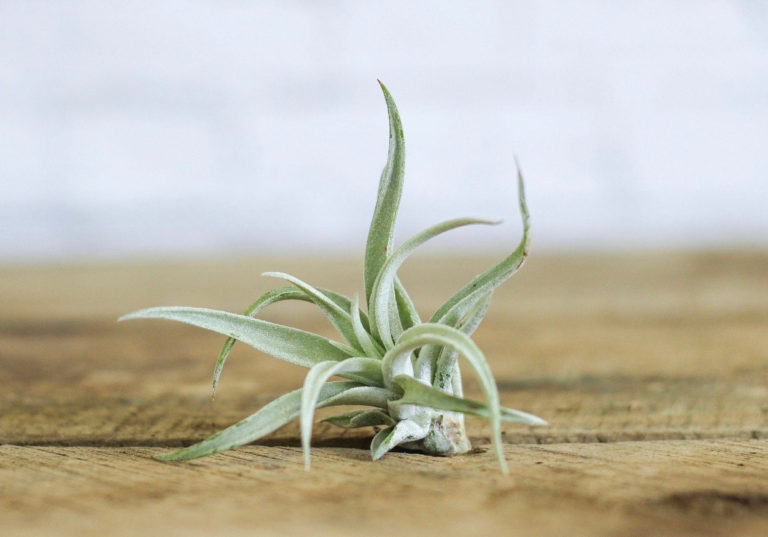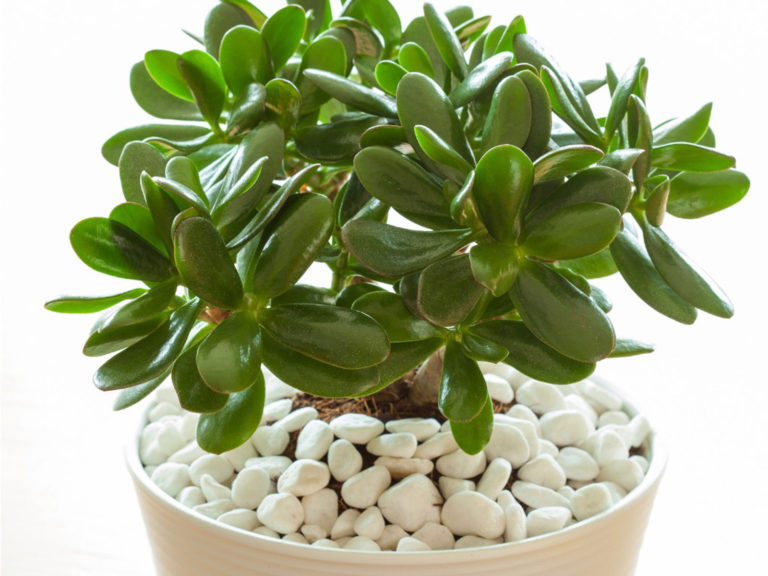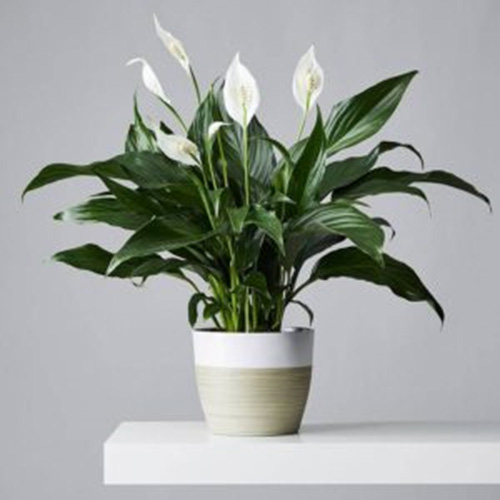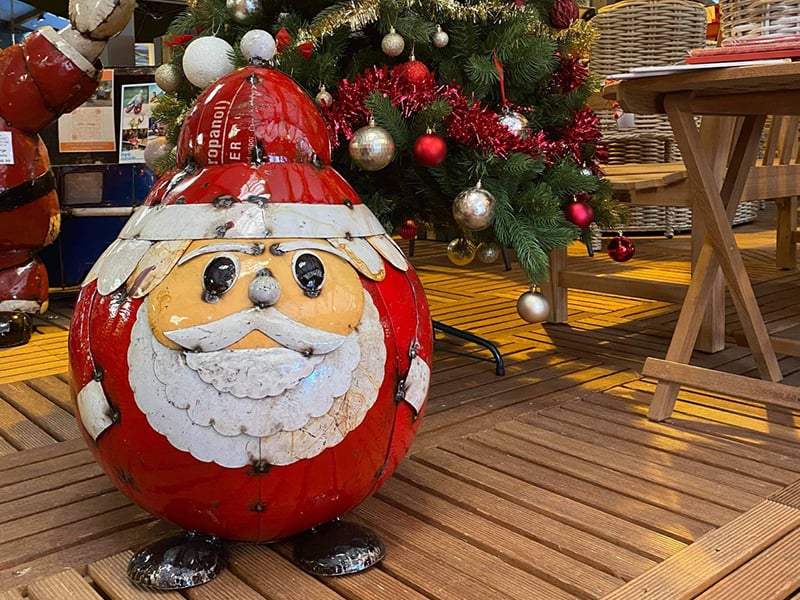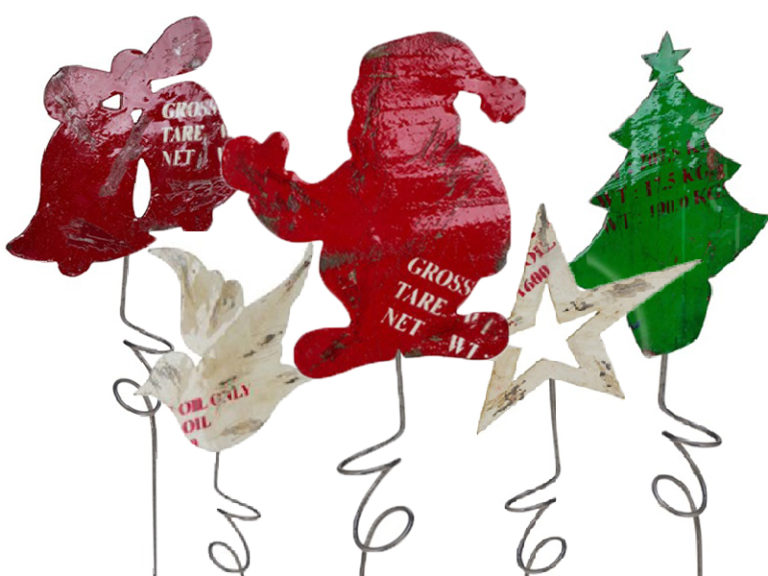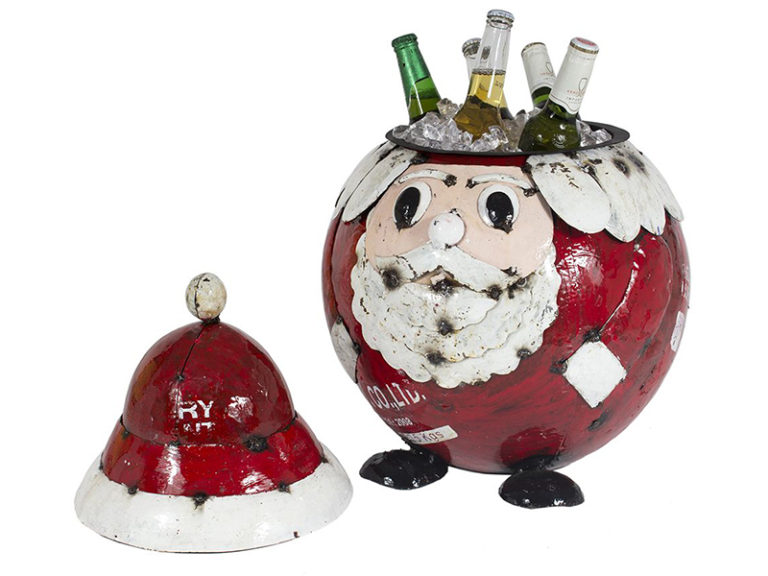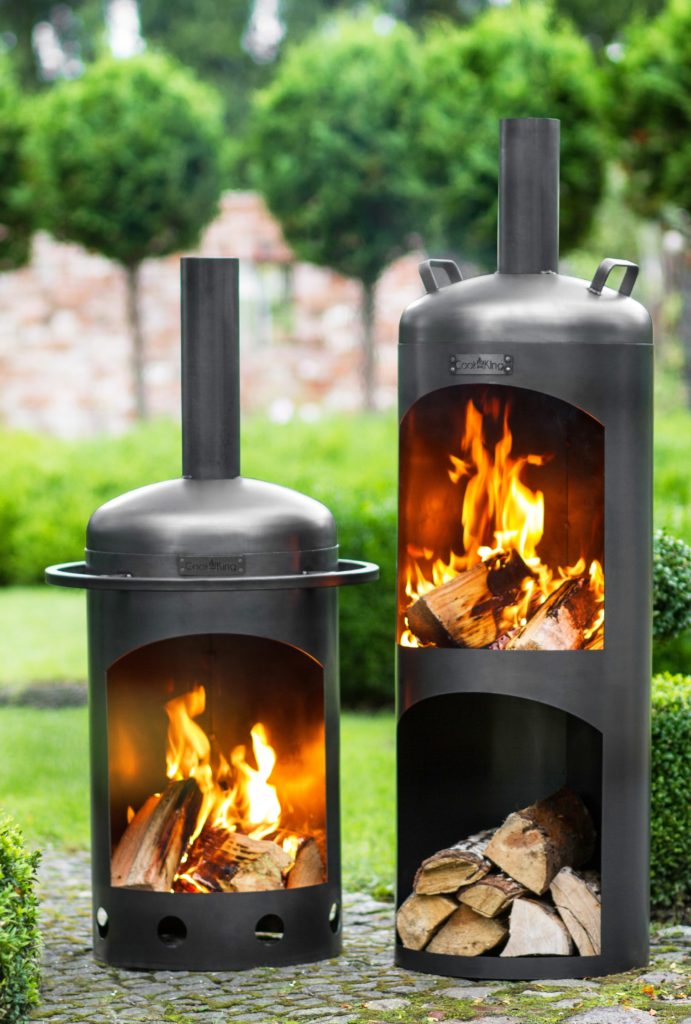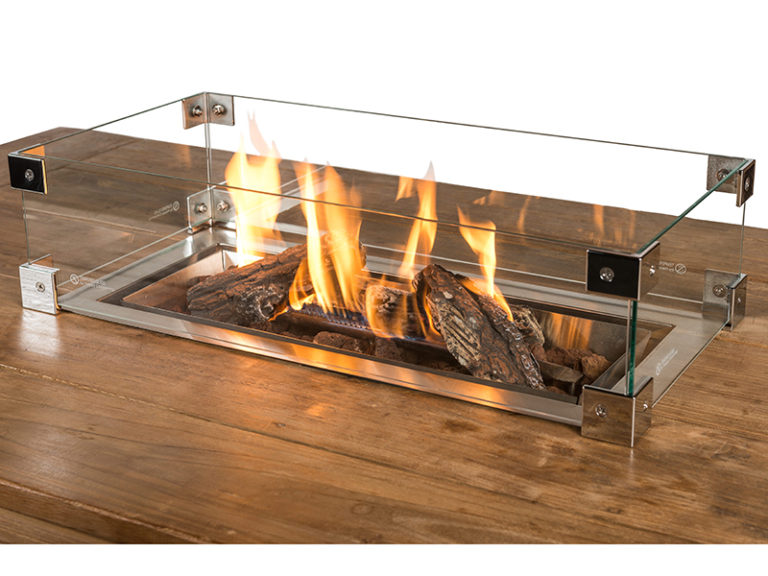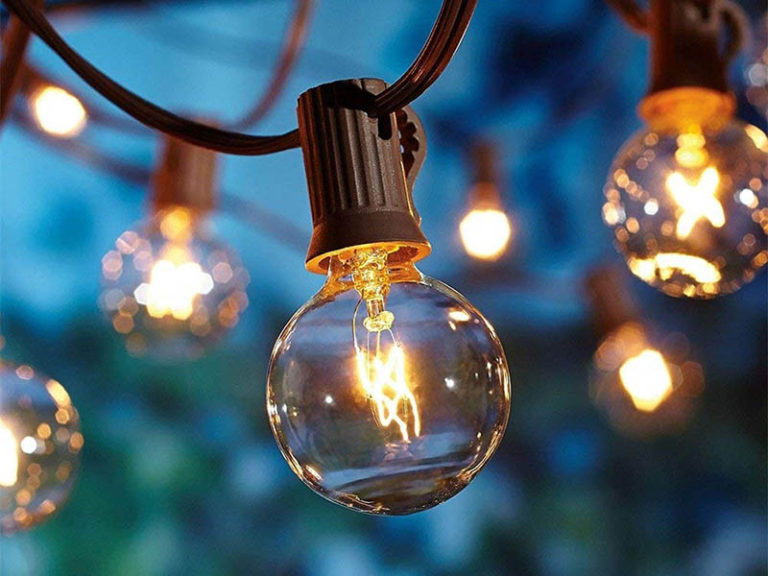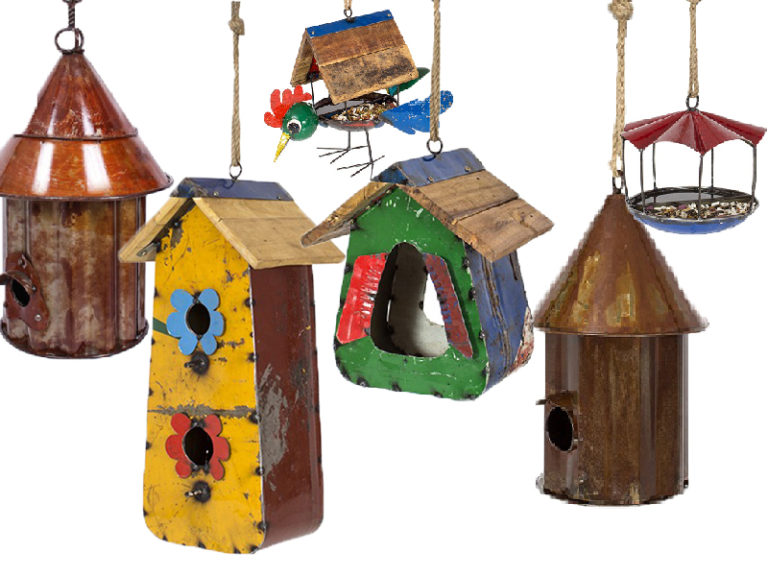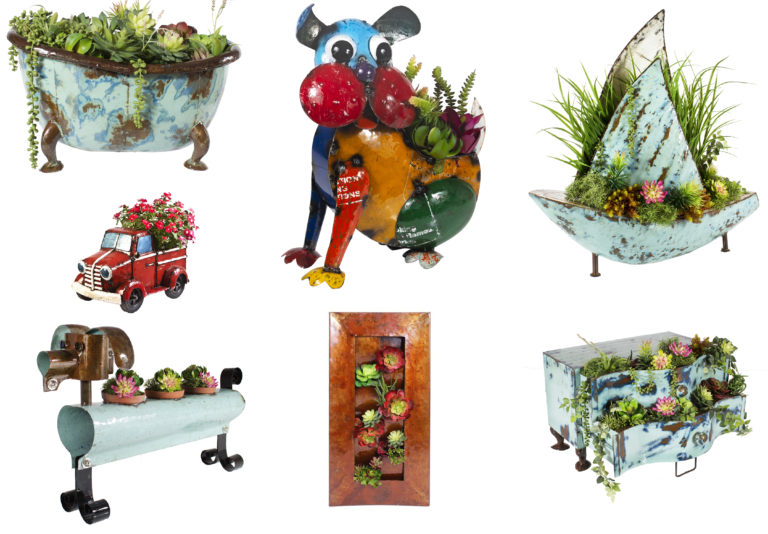Vertical gardening is nothing more than using vertical space to grow vegetables or plants. Traditionally, gardeners have done similar things with climbing plants like squashes and beans. However, modern vertical gardening includes non-climbing plants. Vertical gardening saves space, makes harvesting easier and is generally easier to maintain. Although this method of gardening also has its limitations such as needing strong support systems and moisture issues, this method is also much more forgiving and if used correctly, can produce bountiful harvests. Below we have listed a range of vertical gardening tricks and methods you can follow to begin your vertical gardening journey…
Fabric Pockets
Designed for vertical gardening, fabric pockets are suited to this style of gardening and will suit almost all vegetable growing. Usually sold online or in homeware stores, these inexpensive pockets can be found virtually anywhere during the spring and summer months. Simply secure them onto the chosen surface using the appropriate wall mounting screws. Be sure to line the individual pouches with some hard substrate such as gravel before adding compost. Now, get creative with the look!...
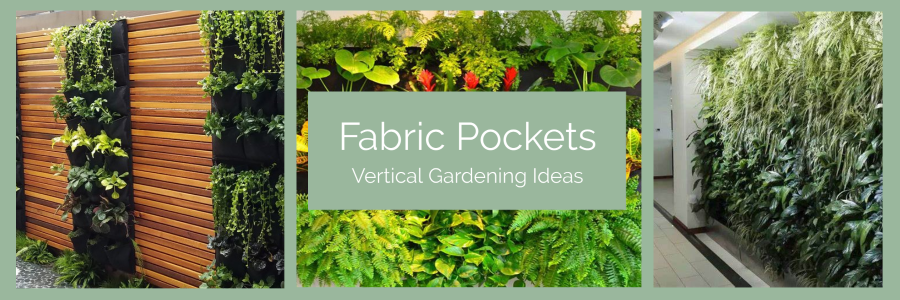
Hanging Pots
The simplest and most obvious form of vertical gardening is hanging or balcony pots. However, what most people overlook is the drainage and location of the pots. To provide a bountiful harvest, you need to ensure your pots have adequate drainage holes and are placed in a brightly lit area. You must also ensure your pots are securely fastened as any nasty gales can become disastrous, especially in the UK.
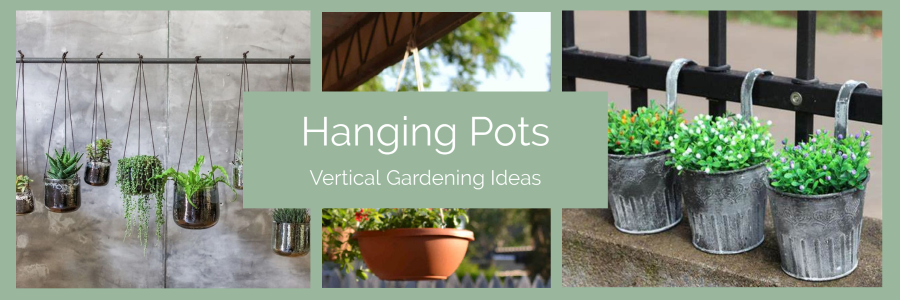
Plastic Bottle Planters
Time to pull up the sleeves and get creative! This eco-friendly vertical gardening method is perfect for those who are environmentally aware. Although they may not look as appealing as plant pots, reusing plastic bottles is a great method of upcycling whilst reducing household waste. To turn your bottles into planters, you’ll need to attempt some DIY, by cutting out a section for the plants, drainage holes and introducing some support with string or wiring.
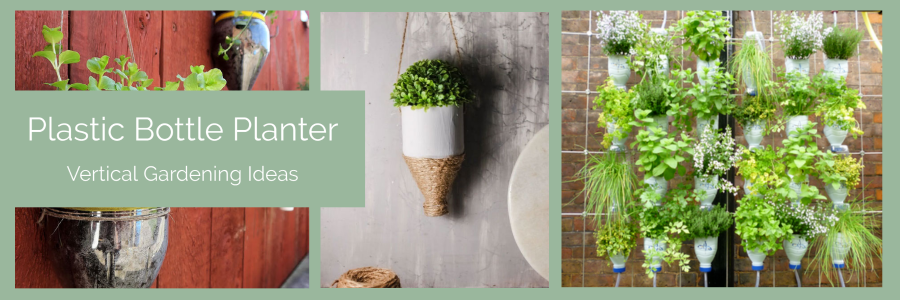
Wooden Pallet Planters
If you have been a member of the gardening community for some time now, you will have noticed the love for reusing pallets – they are like gold dust! This environmentally friendly method is yet again a great method for reducing household waste and saving money. You can often source various sized pallets from distribution or furniture companies for free; all you will need to do is a plan for the transportation to your garden. Herbs or succulents look especially effective in these DIY planters.
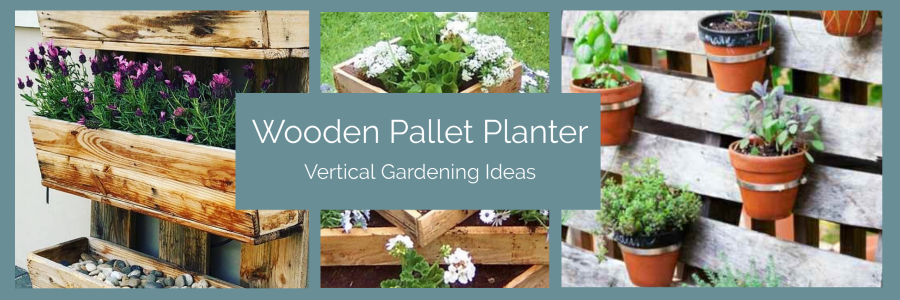
Chicken Wire Planter
By simply cutting a triangular shape from the chicken wire, you can begin to form a cone shape planter. By stapling or tacking this onto pallet wood, or a wooden beam, you can complete your planter by introducing moisture-holding substrates such as moss and soil. Hanging plants and fruit such as ivy or strawberries will thrive in this make-shift planter.
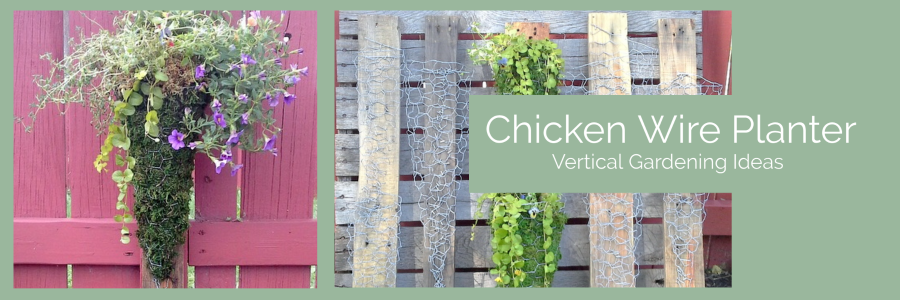
Jam Jar Planters
Jam Jars are the perfect herb planters – keeping the herbs sheltered and safe. By reusing your glass jars, once again you will be reducing the amount of household waste produced, whilst saving some precious pennies. We would advise using this method in a sheltered environment only; to avoid water collecting in the jars. Using metal wire to cup and attach the jars to a wall or structure can provide an artsy fun effect too!

Tin Can Planters
Tin cans, like jam jars, are the perfect cheap solution to DIY vertical gardening. Again, we suggest using tin cans for herbs and smaller plants. Ensure you drill some holes at the base for proper drainage to avoid rot. A mere two holes on either side assisted by some garden wire will support your tin cans efficiently.
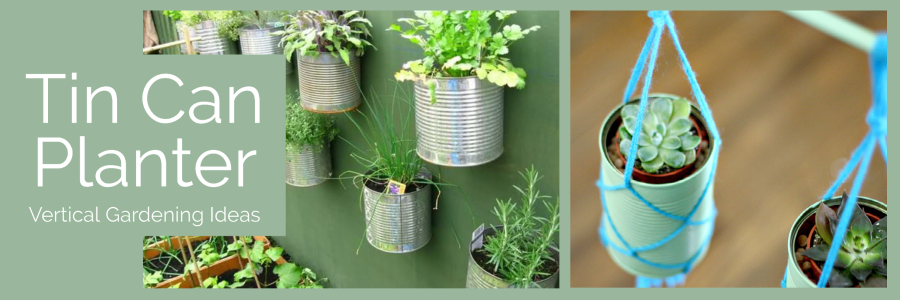
Piping Planter
As you may have seen, using piping as planters is a popular method of vertical gardening in the DIY gardening community. Industrial piping is cheap, efficient, and spacious – plus there is a variety of sizes and parts to suit your space. By cutting holes in some PVC pipes, you can create glorious vertical or horizontal planters. Some have even gone as far as creating a ‘spiralled staircase’ design. Our personal favourite is the ‘floating’ piped planters made with chains and piping. If you opt for the piping method, ensure to introduce proper drainage. The perfect plants for piping gardens are cabbage, lettuce, beans, and strawberries.
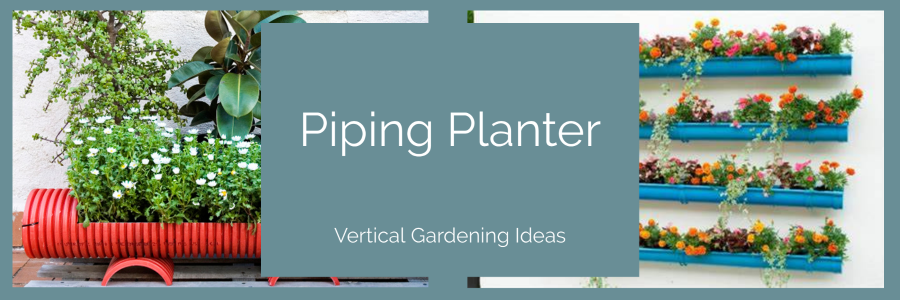
Chest of Drawers Planter
By far our favourite method of vertical gardening is the upcycling of an old chest of drawers! This can create a real feature piece to the garden whilst providing several layers of space for planting. To save further space, you can even just stack and attach the drawers themselves. We suggest planting a mixture of flowers and herbs such as Dwarf Dahlias, Ivy, Pansies, Begonias and Geraniums. Adding a pop of colour to the drawers such as yellow, pink, or blue will help attract insects too.
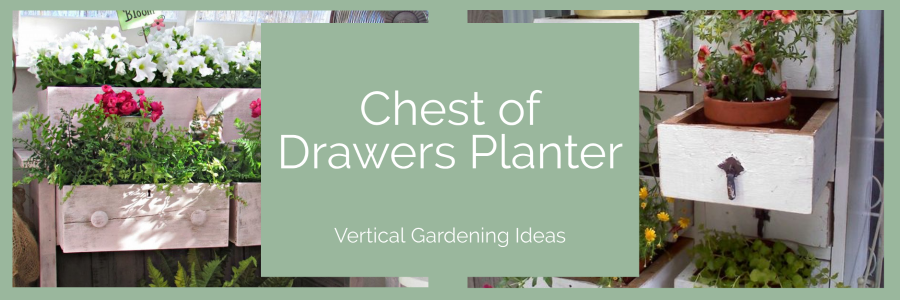
We hope you found some of these ideas helpful for your vertical gardening journey – and remember, the best vegetables to plant in vertical planters are herbs, succulents, salad greens (lettuce or cabbage), courgette or cucumbers, beans, strawberries, and tomatoes!
Feel free to share your vertical planters with us on our socials!
Good luck!
Blog post by Lucy Canoel


